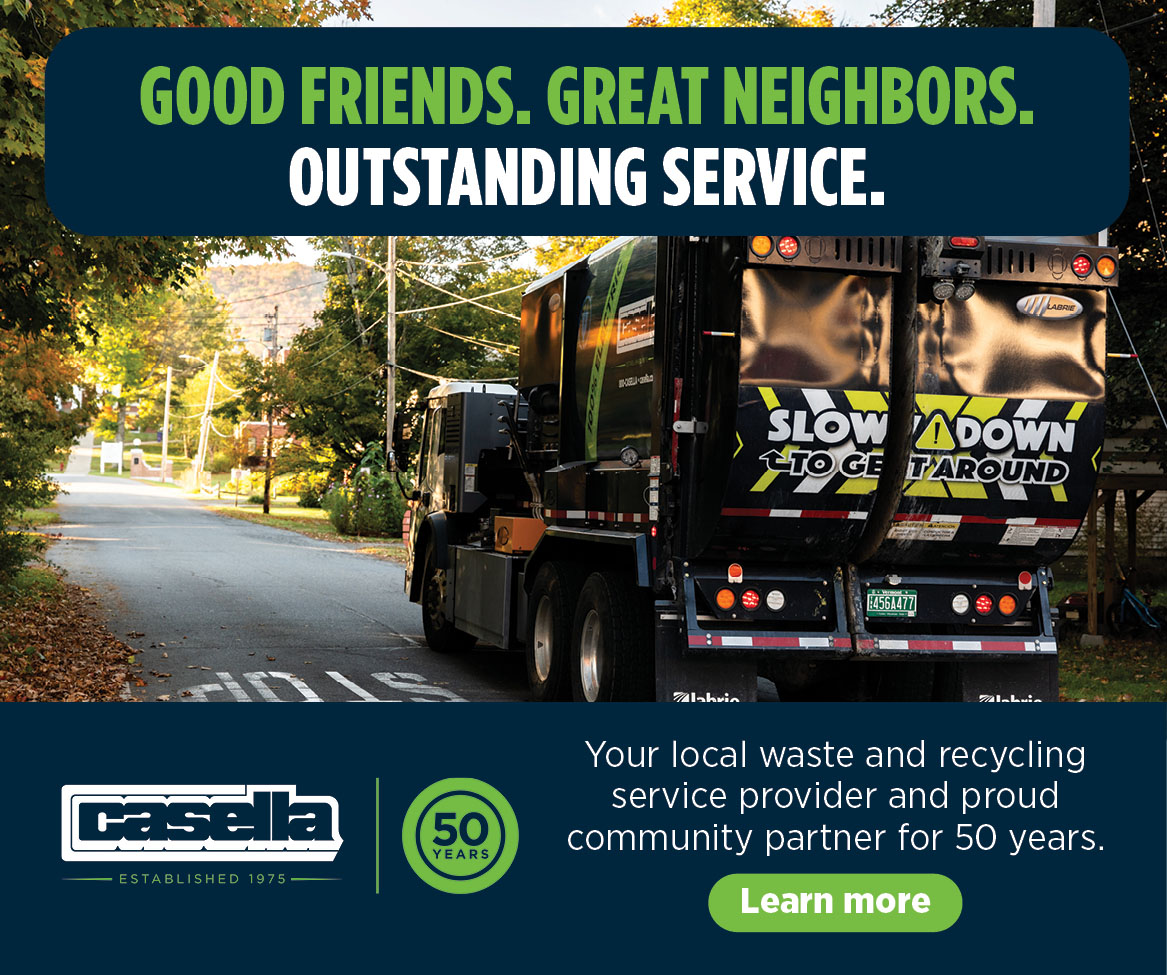Overdose deaths in Vermont have decreased for the first time since 2019. According to the Dept. of Health’s newly released Annual Fatal Overdose Report, opioid-related overdoses resulted in the death of 231 Vermonters in 2023, a 5% drop from 2022 when 244 Vermonters died.
The overdose report includes data on Vermonters who died of any drug overdose in 2023. According to the report, 90% of the drug overdose fatalities in Vermont involved opioids. The annual data is preliminary. At the time of the report there were 15 pending death certificates that could change the final figures.
“While the decrease is not statistically large, it is significant where it matters most — fewer families have lost a loved one to opioids,” said Health Commissioner Mark Levine, MD.
Dr. Levine said that even with this bending of the curve, each life lost is one too many, and the state must continue pushing forward. “The progress we have made is encouraging. It means we are on the right track, but we are far from out of the woods,” said Dr. Levine. “The opioid crisis is fraught with challenges, including a heinous industry intent on finding new ways to trap people into the dangerous world of substance use and addiction.”
Fentanyl continues to be the number one substance involved in opioid-related deaths, accounting for 95% of opioid fatalities in 2023. Xylazine was involved in 32% of fatal overdoses in 2023, up from 28% in 2022. Cocaine involvement in deaths significantly increased in 2023 (from 48% to 61%) and remains the second most common drug involved in fatal overdoses.
Cocaine involvement in deaths significantly increased in 2023 (from 48% to 61%) and remains the second most common drug involved in fatal overdoses.
Health and public safety officials emphasize that despite the important gains made through harm reduction education and programs, it’s critically important for people to know there is no way to guarantee illicit drugs are safe. Even test strips that can detect adulterants cannot identify all the substances that may be present.
“You simply can’t know what’s in a street drug, but we do know they are extremely dangerous, and that the risk of a fatal overdose is very high and always present,” said Dr. Levine.
The report’s findings highlight the life-and-death importance of knowing what to do in the event of an overdose. If an overdose is suspected, always call 9-1-1, and give naloxone and start rescue breathing. If non-opioid drugs are involved, naloxone alone may not be effective and additional medical help will be needed.
The Health Dept. is continuing coordinated efforts with partners to expand access to community-level prevention, recovery and treatment services, including through the hub and spoke system of care, and with outreach, such as its anti-stigma campaigns, KnowOD, and VTHelplink, a free and confidential support and referral service, available 24/7.
The department is also working to expand harm reduction programs throughout communities, including test strip use and the statewide naloxone distribution program, which helps ensure people have ready access to the potentially life-saving medication.
“Public health response and behavior change efforts take time, so we are taking action where we can now, and simultaneously working to enhance our system of care for the long-term,” Dr. Levine said.
Anyone who uses opioids, and those who know or may be with them, are urged to follow these important harm reduction strategies to prevent a tragedy:
Call 911—in case of a possible overdose. Naloxone may not work in all cases. Vermont’s Good Samaritan Law provides some protection for people who have overdosed and those who call 911 in case of an overdose emergency.
Never use alone—if you overdose while alone, you can die.
Go slow—start with a small amount to test drug strength.
Use new syringes—to reduce risk of infections and help to protect vein health.
Test for fentanyl—fentanyl can be dangerous, so test with easy-to-use strips.
Carry naloxone—Narcan® nasal spray can reverse an overdose.
Contact VTHelplink.org online or call 802-565-LINK (toll-free 833-565-LINK) to connect to confidential alcohol or drug treatment and other support services, and to get naloxone and test strips.
Know the signs of an overdose and find more information about opioid use disorder, prevention and treatment, at HealthVermont.gov/KnowOD.




